AO Edited
Taya Caves
A network of ancient tunnels and vaulted chambers with mystical Buddhist reliefs, built for ascetic training.
Close to the border between Yokohama and the historic city of Kamakura lies an esoteric network of tunnels and vaulted chambers adorned with Buddhist reliefs. Commonly referred to as the Taya Caves, the Yugadō (“yoga grotto”) of Jōsen-ji Temple is a fascinating mystery, rich in history and ambiance.
Believed to be the site of an ancient burial cave, the Yugadō predates the temple itself, whose origin can be traced back to 1532. The tunnels were dug in the early Kamakura period (circa 1185-1333) and used as a place for ascetic training by Buddhist monks of the esoteric Mantra Sect.
Many of the mystical reliefs were carved by the monks as they meditated and prayed to reach enlightenment. Decorating the high vaults and the sandstone walls of the narrow passages are images of Buddhist deities, mythological creatures, and Sanskrit characters, some crumbling but otherwise preserved in good condition.
When an earthquake hit the area at some point in the Edo period (1603-1868), some of the vaulted ceilings collapsed and the Taya Caves lay deserted for many decades, until local villagers started to draw the spring water from them for their rice paddies around 1830. Inspired, the monks also resumed their ascetic practice in the spiritual confinement.
The spring water, locally known as the Otonashi-gawa (“soundless river”), runs throughout the intricate web of caves and cascades down some of the walls. In the sacred chamber dedicated to the stone effigy of the great monk Kūkai, the serene flow is given the name of the Diamond Water, rich in healing and wish-granting properties.
Since 1927, the grottoes have been open to the public, and the monks also continue their practice of asceticism in this esoteric dungeon to this day. Carrying a candle in hand, visitors can explore the ancient tunnels and the chambers, each of which stands in for a major sacred site across Japan; by the time you exit, you’ll have completed a good old Buddhist pilgrimage and cleansed your soul and body.
Know Before You Go
The site is open every day from 9 a.m. to 4 p.m. Admission is 400 yen, which includes a candle to light your way inside the tunnels. Photography is forbidden.
To reach Jōsen-ji Temple, first get to Ōfuna Station, easily accessible from major train stations in Tokyo and Kanagawa; from there, it’s either a 30-minute walk or a 10-minute ride on a local bus.

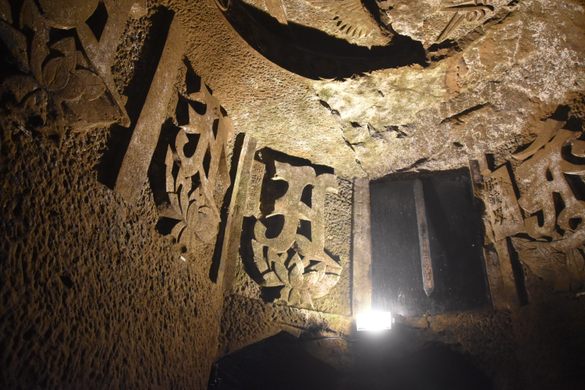
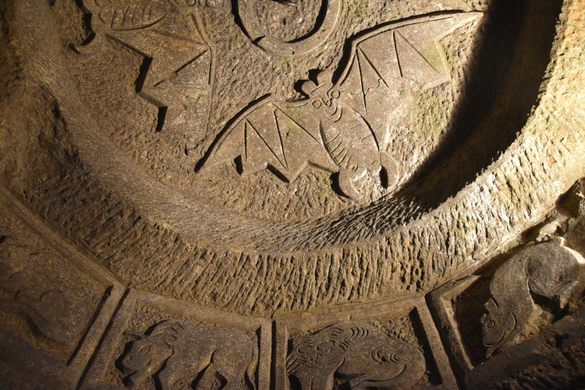
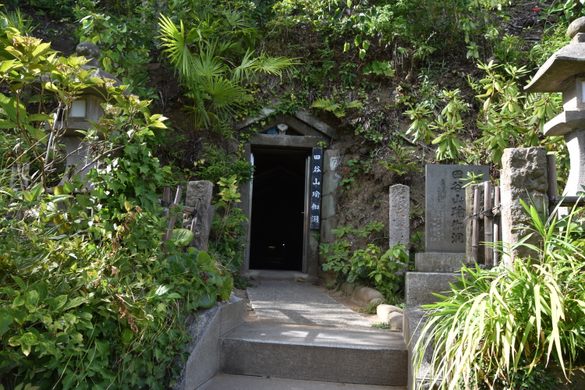

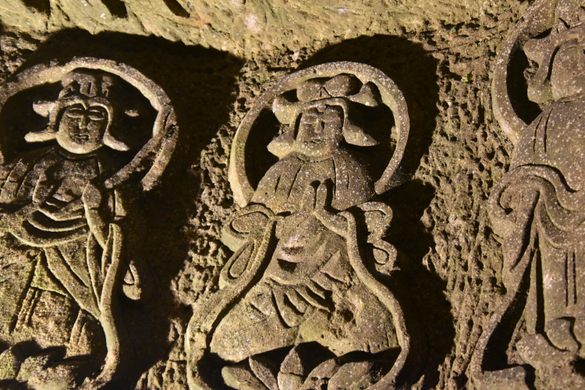
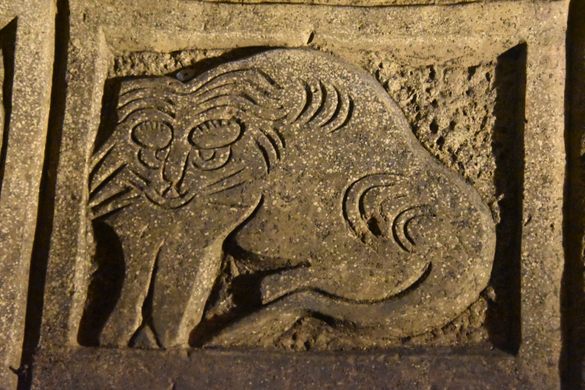
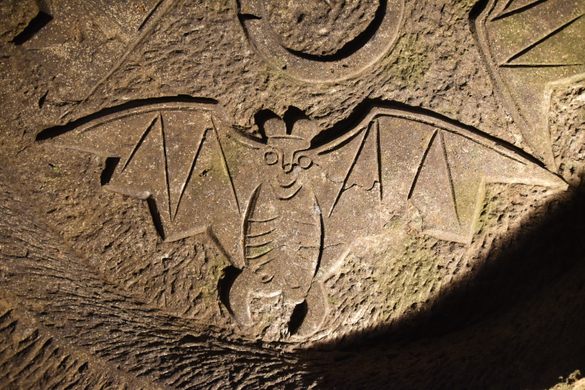
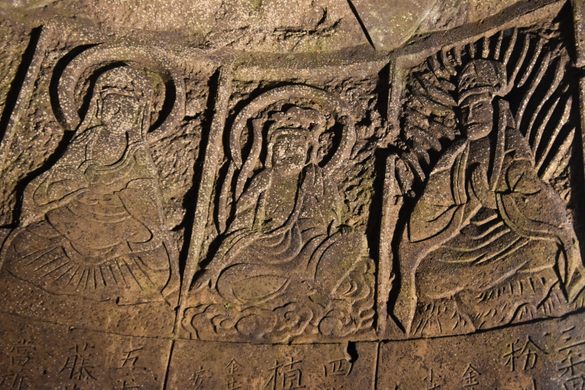
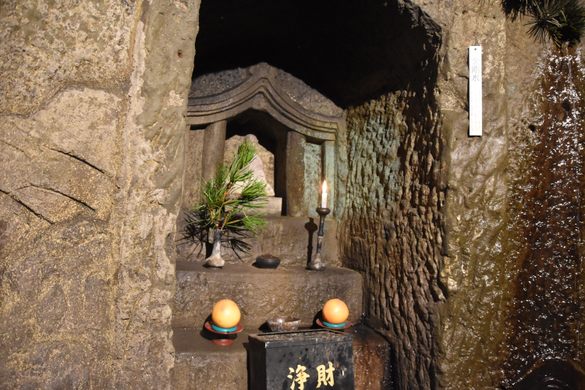
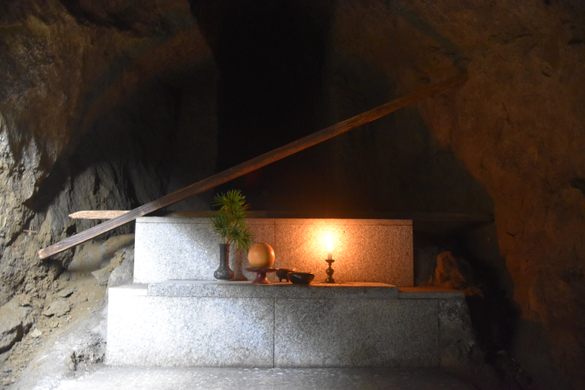
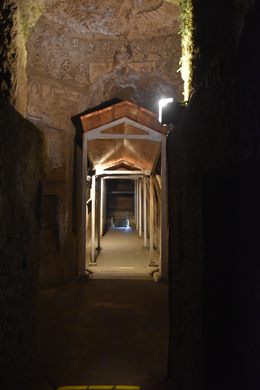

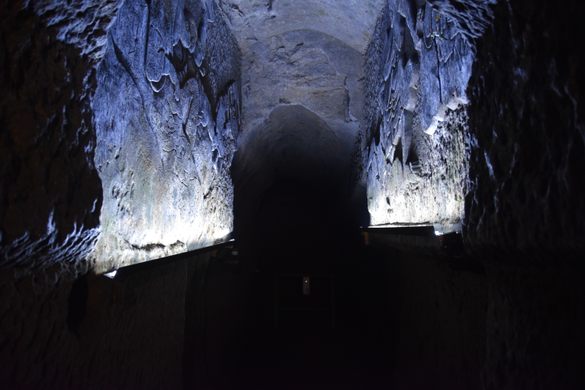
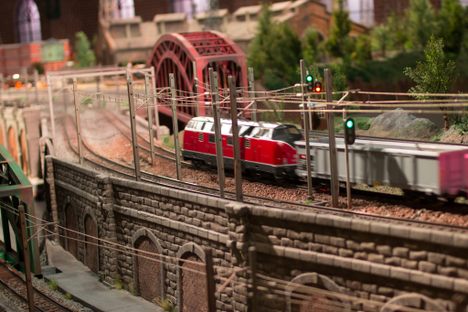



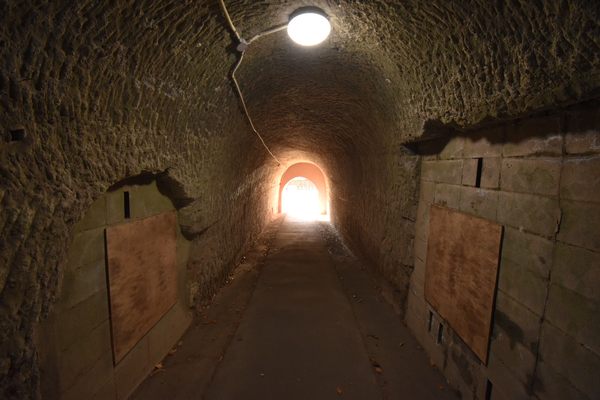




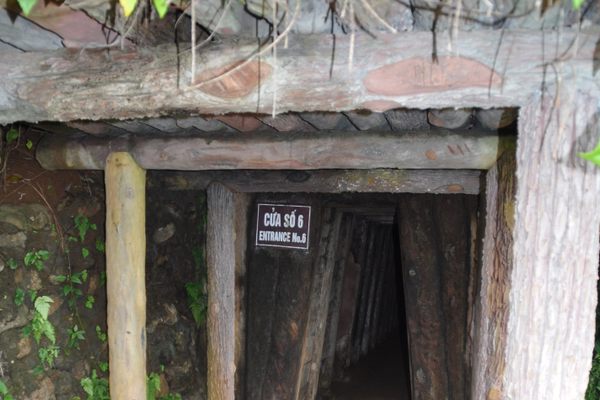


Follow us on Twitter to get the latest on the world's hidden wonders.
Like us on Facebook to get the latest on the world's hidden wonders.
Follow us on Twitter Like us on Facebook